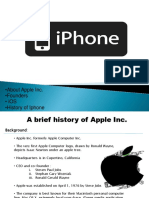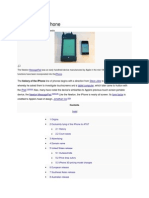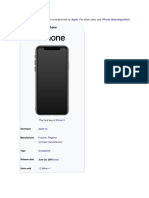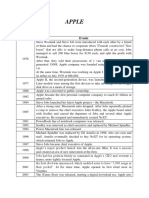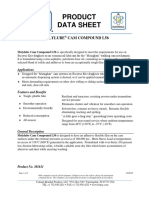0% found this document useful (0 votes)
265 views9 pagesContemporary
The first iPhone was released in 2007. Over the past 12 years, Apple has released new iPhone models annually that introduced innovative new features like FaceTime, Siri, Touch ID, and more. The iPhone is now sold in over 100 countries worldwide and has helped create an international connection through app distribution and use. Apple leadership is based in the US, led by CEO Tim Cook, and includes executives overseeing hardware, software, AI, retail, and more. The iPhone has significantly impacted global economics and digital connectivity, including driving growth of app industries and mobile payment systems in countries like the Philippines.
Uploaded by
Angelica Abulencia VillafriaCopyright
© © All Rights Reserved
We take content rights seriously. If you suspect this is your content, claim it here.
Available Formats
Download as DOC, PDF, TXT or read online on Scribd
0% found this document useful (0 votes)
265 views9 pagesContemporary
The first iPhone was released in 2007. Over the past 12 years, Apple has released new iPhone models annually that introduced innovative new features like FaceTime, Siri, Touch ID, and more. The iPhone is now sold in over 100 countries worldwide and has helped create an international connection through app distribution and use. Apple leadership is based in the US, led by CEO Tim Cook, and includes executives overseeing hardware, software, AI, retail, and more. The iPhone has significantly impacted global economics and digital connectivity, including driving growth of app industries and mobile payment systems in countries like the Philippines.
Uploaded by
Angelica Abulencia VillafriaCopyright
© © All Rights Reserved
We take content rights seriously. If you suspect this is your content, claim it here.
Available Formats
Download as DOC, PDF, TXT or read online on Scribd
/ 9









